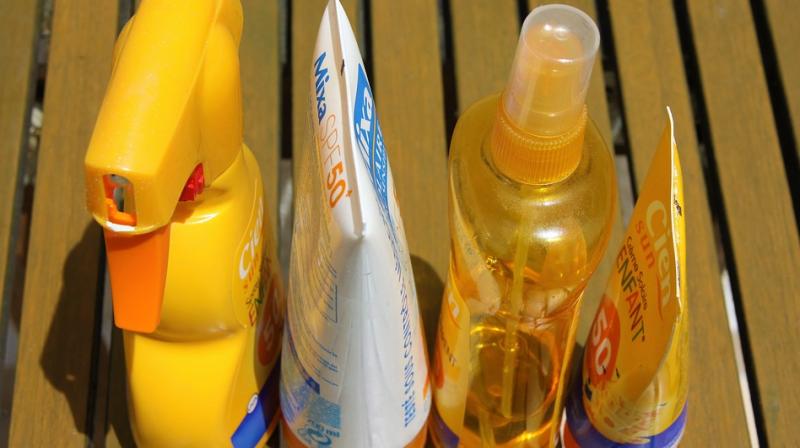SPF is best way to communicate sunscreen effectiveness

Even dermatologists are best able to compare the effectiveness of sunscreens when presented with SPF values, a recent study suggests.
The doctors tended to underestimate the effectiveness of sunscreens when they were presented with information on how much radiation is absorbed by the sunscreen, say the authors. "Ultraviolet (UV) radiation exposure from the sun and artificial UV sources is the major cause of skin cancer and premature skin aging," lead author Stefan Herzog told Reuters Health in an email.
"The sun protection factor (SPF) is the best known sunscreen parameter. It conveys a sunscreen’s effectiveness in protecting against the UV radiation that causes sunburn," said Herzog, a researcher at the Max-Planck Institute of Human Development in Berlin.
Herzog said the UV radiation that causes sunburn is also known as is erythema (redness)-inducing radiation, or EIR. "The SPF is defined as the ratio of the EIR dose that induces the first visible redness on sunscreen-protected skin to the EIR dose that induces the same redness on unprotected skin," Herzog said.
Herzog said that when it comes to skin damage, what matters is how much of the radiation is transmitted through the sunscreen to your skin and not how much is absorbed by the sunscreen. Doubling SPF, for example from 30 to 60, cuts the amount of radiation transmitted to the skin by half, thus protection is doubled, the researchers write in JAMA Dermatology.
Herzog and his colleagues wanted to know whether dermatology experts are able to adequately assess differences in sunscreen protection based on SPF, the percentage of EIR absorbed by the sunscreen or the percentage of EIR transmitted through the sunscreen to the skin.
A total of 261 dermatology experts from Germany, the U.S., Switzerland and Australia participated in the web-based test. The doctors were asked to assess the increase in protection for 10 pairs of sunscreens with different SPFs. Each sunscreen pair had effectiveness information presented as SPF, the percentage of EIR absorbed by the sunscreen or the percentage of EIR transmitted to the skin.
The doctors were asked which sunscreen in each pair would protect a person longer and how much more effective one was compared to the other. On average, the doctors underestimated the protection ability of all the sunscreens, especially when they were presented with percentage of EIR absorbed. The underestimates were smallest when information was presented in terms of SPF.
"For effective communication of sunscreen effectiveness, we recommend to only use SPF. Don’t get too fancy and just stick to the SPF," Herzog said. Unfortunately, big increases in SPF look “small” when expressed as proportion absorbed, he said, so dermatologists underappreciated the increase in protection that comes with higher SPFs.
"To curb the skin cancer epidemic, health-care professionals should understand the basics of the SPF and should consistently advise patients to use high to very high SPF sunscreens," he said.
Herzog suggests looking for SPFs of 30, 50 or more and a "broad spectrum" claim on the product labels. Sun protection is not limited to just using sunscreens, he noted. Seeking shade and wearing protective clothing whenever possible are also important.
"Even dermatologists can miss the nuances of what exactly SPF or sun protection factor really means from the physics standpoint," said Dr. Steve Xu, a dermatologist at Northwestern University Feinberg School of Medicine in Chicago who wasn't involved in the study.
"For consumers, it's important to know that SPF is a laboratory measure of a sunscreen's strength," Xu said, adding that there are several things a consumer should consider when picking a sunscreen product.
"I recommend consumers pick sunscreens that they find affordable, like to use in regards to smell, color and how it feels on the skin," he said.
The sunscreen should offer broad spectrum protection and water resistance if there is going to be exposure to water or high ambient temperature, Xu added, and sunscreen should have an SPF of 30 or higher, but even that isn’t sufficient on its own.
"A higher SPF offers an extra level of protection in the real world. But, consumers have to apply enough sunscreen and reapply frequently enough to ensure protection regardless of the SPF on the label," Xu said.

